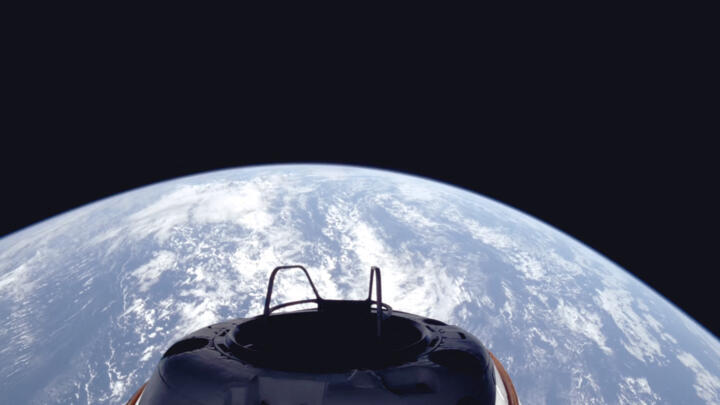 Image Source: France 24
Image Source: France 24
A Cold War-era relic of space ambition, the Soviet Venus lander Kosmos 482, has returned to Earth in a dramatic fashion after being in orbit for over half a century. Launched in 1972 and left stranded by a technical failure, the spacecraft re-entered the atmosphere on May 10, 2025, splashing down in the Indian Ocean and re-igniting international debate regarding space debris and planetary exploration.
Kosmos 482 was one of the Soviet Union's ambitious Venera program missions, which aimed to explore Venus. But a launch failure stranded the spacecraft in Earth's orbit for 53 years. Its recent re-entry is the end of an unusual journey and poses new questions about the increasing dangers of aging space junk.
Re-entry and Landing
-
Kosmos 482 entered Earth's atmosphere at 2:24 a.m. ET (0624 GMT) on May 10, 2025, splashing down in the Indian Ocean, off the coast of Jakarta, Indonesia.
-
The exact impact site remains unclear, with some agencies postulating alternative possibilities from South Asia to the Pacific Ocean.
-
There are no current reports of damage or debris recovery, and danger to people or property was considered low because it landed in the ocean.
Background and Failure of Mission
-
On March 31, 1972, Kosmos 482 was launched as a Venus lander that was meant to explore the planet's surface and atmosphere.
-
Malfunction in the upper stage of its launch vehicle left the probe in Earth orbit rather than being on its way to Venus.
-
The nearly 500 kg spacecraft was designed to withstand the extreme conditions on Venus, and its heat shield was strong enough to withstand re-entry into Earth's atmosphere.
Space Debris and Environmental Issues
-
The return of Kosmos 482 points to the increasing issue of space debris, with thousands of dead satellites and pieces of debris in orbit around Earth.
-
Experts note that with an increasing number of objects returning, the aggregate threat to safety and the environment mounts, although the risk of harm from any individual event remains low.
-
Re-entries have the potential to discharge pollutants and, in theory, destroy the ozone layer, generating environmental concern as satellite launchings speed up.
Historical and Scientific Context
-
Kosmos 482 was one of dozens of probes sent to Venus between 1961 and 1984 as part of the Soviet Union's Venera program.
-
Its twin, Venera 8, landed safely on Venus and beamed precious data, while Kosmos 482 became an unintended time capsule for the space race era.
The spacecraft's survival and prolonged residency in orbit remain reminders of both the genius and the unforeseen effects of the early days of space exploration.
Sources: Times of India, Sky News, Live Science, Deutsche Welle (DW), The New York Times, NDTV, USA Today, BBC News
Advertisement
Advertisement



